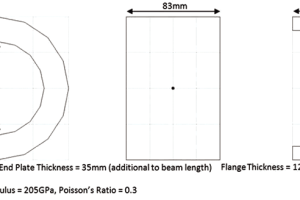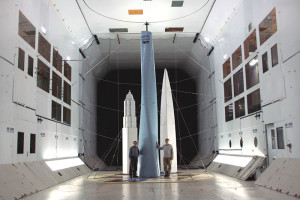For many structural engineers, the subject of fatigue analysis has been limited to a few simplified evaluations based on the American Institute of Steel Construction (AISC) Steel Construction Manual that says less than 2,000,000 cycles implies no problem. For concrete structures, the presumption of any fatigue loss was never even a design consideration in typical coursework or practice. …
Review Category : Structural Analysis
Saint Venant established his theory of torsion (1853) by assuming axially invariant modes of tangential and axial (warping) displacements. In conjunction with known static boundary conditions, the equations of elasticity were satisfied leading to an exact solution for pure torsion. His theory assumes free warping displacement and, when this is restrained, the torsional stiffness is increased depending on the cross-sectional shape. …
How wind tunnel shaping workshops have become an invaluable tool for architects and engineers in search of high rise buildings’ optimal form.
Today, a great deal is known about how wind affects tall buildings differently than it does shorter structures. However, wind-related design issues are usually considered much later in the design process than they should be to achieve structures that have optimal performance with minimal cost. …
It is no mystery that there are still uncertainties and lack of guidance when conducting nonlinear seismic analysis of structures. The challenge remains that the modeling, type of nonlinearities, and parameters required for analysis oftentimes vary from project-to-project and person-to-person depending on the assumptions that are made in light of limited guidance. …




